What Is Value-Added Content? Definition, Tips, and Examples

Content marketing has gained a lot of nuance over the last decade. When I was first getting started, pre-Panda, it was enough to write something for publication online. It didn't have to be a lot, and it didn't have to be profound; all it needed was a keyword and some words associated with that keyword.
Since then, standards have risen considerably. These days, people aren't satisfied with the bare minimum. They want content they can take to the bank. They want content that brings them joy, that makes them weep, that teaches them. They want content that adds value.
What is Value-Added Content?
Value-added content is, put very simply, content that adds value. Except, that's a meaningless definition. What does value mean in this context?
Compare two hypothetical pieces of content.
1. The first is a "Basics of SEO" guide. This guide tells you what SEO stands for, the difference between onsite and offsite SEO, what metadata is, and so forth.
2. The second piece of content is an advanced guide to SEO. It skips over what SEO stands for and goes right into optimizing metadata, properly using Schema tags, what the best techniques are for keyword research, and so on.
Which one of these is better?
The first piece of content is perfectly functional, but it already exists. Dozens of companies from Moz on downward have covered that content. If you were to write that piece of content for your audience, would it be worthwhile?
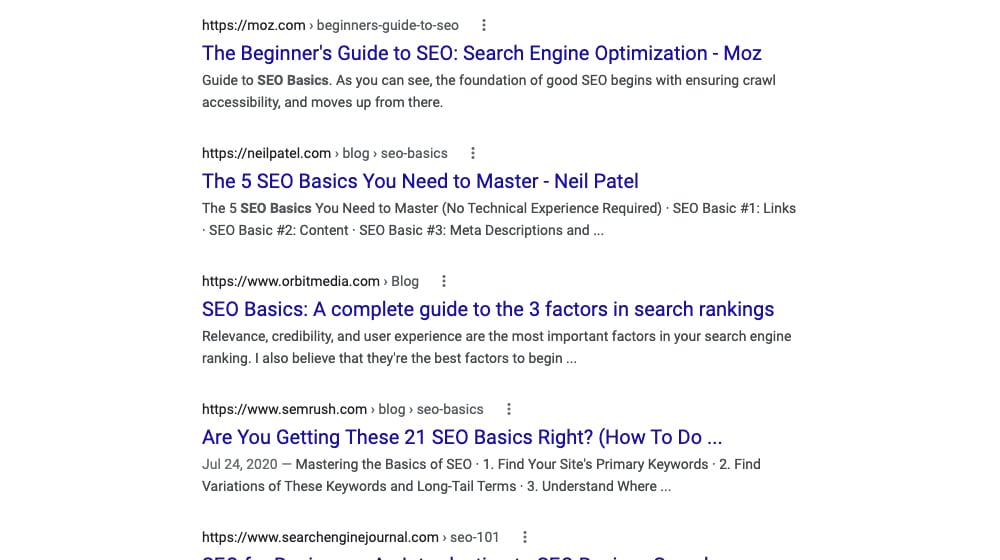
Probably not.
The truth is, these kinds of essential guides are full of the same information that you can find everywhere. There's nothing to set yours apart. There's no added value to getting that information from you over getting it from a big name like Moz.
You can think of added value in terms of products at the store. You can get milk from five different companies in your dairy aisle; which one do you choose?
- One is the store brand and is slightly cheaper than the rest.
- One is an organic brand and promises more humane treatment of the cows involved.
- One is processed to remove the lactose and allow lactose intolerant people the whole milk experience.
- One is chocolate milk.
- One comes in various sizes, making it easier to get exactly how much you need.
Each of these products is, at its core, the same product, with a piece of value-added onto it to make you choose one over the others. You might have different concerns when buying your milk compared to people around you, so you choose the product that best suits you.

Value-added content works the same way. You present the same core product – information about your brand, industry, niche, product, service, etc. – with added value to set yours apart from the rest.
What Are The Types of Value-Added Content?
The truth is, value-added content is essentially the default kind of content we try to make as content marketers. That's because articles that aren't considered value-added content don't work anymore.
If you produce plain old milk, no one will buy it because everyone wants something specific out of their milk. The same goes for your blog. If you write that beginner's guide to SEO, no one will care because you don't have anything setting yours apart.
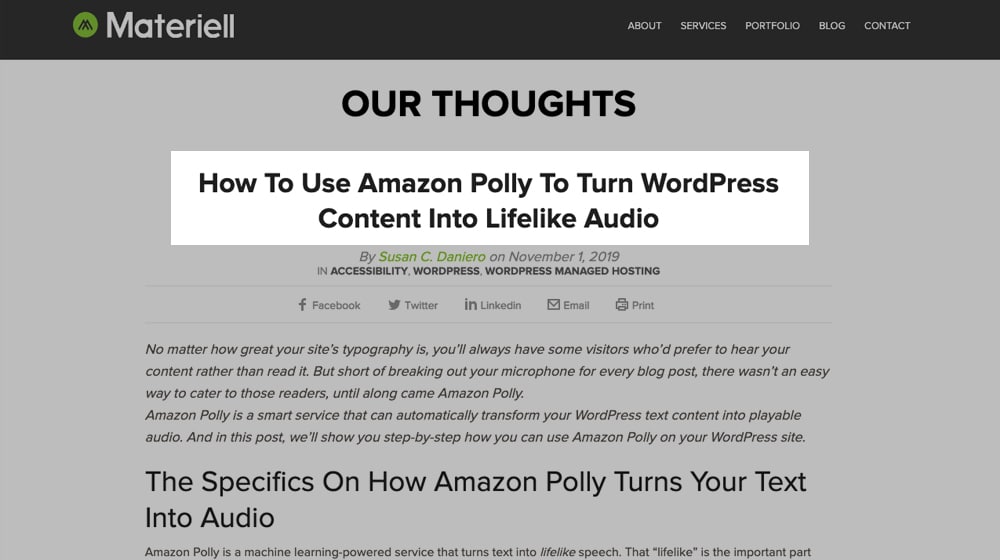
What kinds of content fall into the category of value-added content today?
- Your content instructs a user on how to do something, mainly if the task is complex, unique to your audience, or has a unique solution to the problem.
- Deep dives into a topic, comparisons between different industries, general guidelines; it's all about critical thought and concluding to guide readers on their journey.
- While the data you present in an infographic might not be unique to you, by offering it uniquely, you add the value of seeing the data more graphically and interestingly.
- Often, an eBook is a value add because it takes a subject covered elsewhere and expounds upon it in a much more profound and more insightful way. A book has space and time to go into a topic with much more authority than a casual blog post.
- Again, like infographics, a video has the added value of being a different format for showcasing information. Whether it's an animated explainer or just you in front of a camera talking, just the act of recording it on video (and the attached audio) changes everything from how people process the information to how accessible the knowledge is to different groups of people within your audience.
The list goes on. White papers, webinars, case studies, surveys, round-ups; all take the idea of regular content and add value to it somehow.
A little bit ago, I wrote a post about the different kinds of blog posts, like evergreen content, linkbait, and so forth.
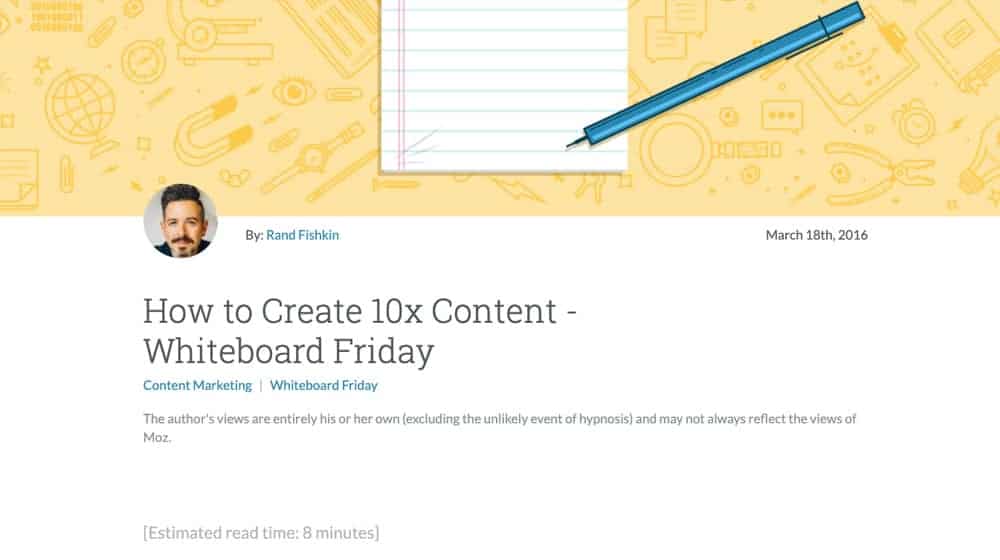
Value-added content isn't on that list because most of the items are forms of value-added content. Your goal with value-added content is to create a hybrid between evergreen content, linkbait content, and skyscrapers. You want content that has something that sets it apart from the rest that is eminently sharable and easy to link to.
What Are Some Examples of Value-Added Content?
I've written many words telling you what value-added content is, but they're all abstract. "It's content that adds value," but, well, what does that look like? Here are some real-life examples.
Ahrefs Blog – SEO Testing: This is a blog post from Ahrefs that represents the kind of content they make. In this case, it's about SEO testing.
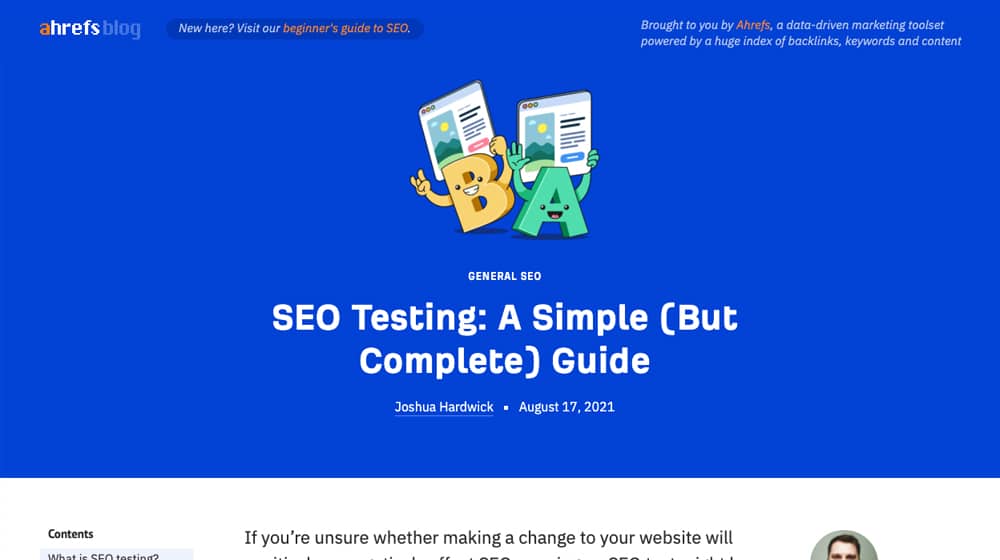
This guide simplifies a complex topic (split testing for SEO purposes). It gives you everything from the top-level definition to an explanation of how to perform SEO tests to whether or not SEO testing is something you should even worry about at your stage of business. Most of the content on Ahrefs is like this.
Wealth Shown to Scale: This website takes a simple premise of showing what wealth inequality looks like and puts it into practice. Many people can tell you how the top 1% control the majority of the wealth in the world or that billionaires are such a larger scale than millionaires, but it's tough for the average person to grasp just how big the scale is.

This site uses one single pixel of screen real estate to represent $1,000. It shows you, using graphics and scrolling, the size of one million dollars versus one billion dollars versus the wealth of Jeff Bezos to put things into perspective. It's a unique way of showing data you don't see elsewhere.
This Week in Tech: This is a podcast hosted by long-time tech guru Leo Laporte.

It has three sources of added value:
- It's a podcast. Audio versions of content make for a new form of accessibility and give people who want to consume it but don't have time to read the option to listen to it.
- It has the expertise you don't find elsewhere. Leo has been a fixture for decades, and he has co-hosts and pundits with more profound and specialized knowledge on his episodes.
- It curates tech news.
I don't know about you, but I don't have time to keep up on every development in every area of interest I have. Sources like this save me time by curating what's essential.
These are just a few examples of value-added content. They take something standard and readily available and add value by putting it in context, digging deeper, or making it more convenient in some way.
How Do I Implement Value-Added Content in My Marketing?
So, how can you put value-added content to work for you?
The key is deciding what value to add and consciously adding it.
It all starts with your keyword research. Keyword research allows you to discover the topics of interest to your audience, and it's a great place to start, but it's just that. It's a place to start. So, start with it.
Once you have a topic idea, you can decide on an added value. Here are some options available to you:
Format. The format is one of the most common value adds for content marketing.
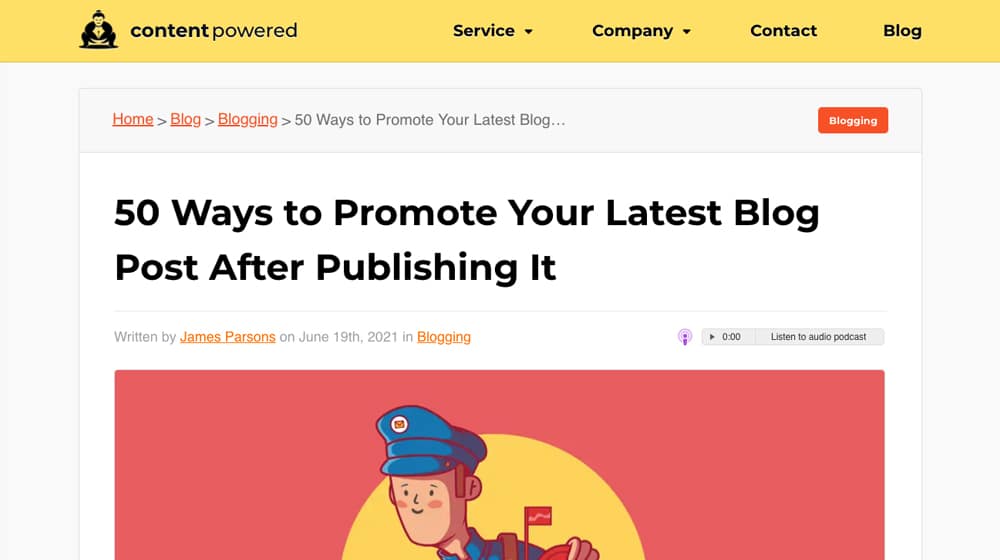
I've often mentioned it as part of how you can increase the ROI of your blog posts.
- Making a blog post is an excellent basic form of content, and you can add value by adding plenty of formatting to make it easier to extract value from it.
- Converting your blog post into a podcast gives people an audio option to listen to and consume your content in a different format.
- Adding visuals to your audio makes a video and gives you access to a new audience and gives a new audience the option to consume your content in a different format they may find more engaging.
- Converting stills from your video into an infographic can uniquely showcase information and provide added value for visual learners.
Etc. Some content is best suited for a specific format. Some can be converted into any form and work fine. You have plenty of options available to you. Deciding on a structure or a selection of formats helps you add value right away.
Depth and Breadth. People often talk about content being T-shaped. It has a broad but shallow overview in the ¯ section and has one narrow part that it digs deep into with the | of the T. Part of the content marketing process is deciding what part of your content is broad or deep.
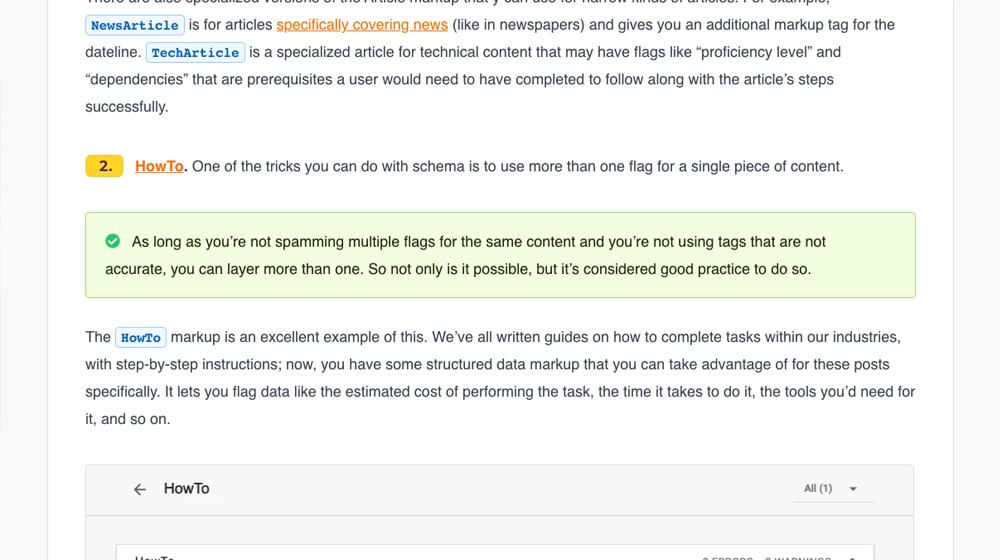
Broad content can be a value-add in that you can encompass several related topics and talk about how they all tie together. If you're talking about conversion rates, for example, a broad value-add might be a comparison of what "average" and "good" conversion rates are for different industries.
Deep content can be a value-add in a deep-dive sense. It might be a deep dive into the factors that contribute to conversion rates, how to work on conversion rate optimization, and more specific techniques.
Rarely will a single piece of content be both deep and broad. The focus of a content page is itself a value-add; if you find a subject that you can make both "deep" and "broad," excellent! That's multiple pieces of content for you.
Unique Expertise. Another significant value-add is figuring out how to leverage your unique expertise to give your readers something they can't get anywhere else. Do you have special insight or a unique perspective? Do you have access to a wealth of data on your subject you can use to make a case study or survey? Do you have connections you can bring in for interviews? Even a new and small business can do this by documenting their process, pitfalls, and successes, making a case study out of themselves.
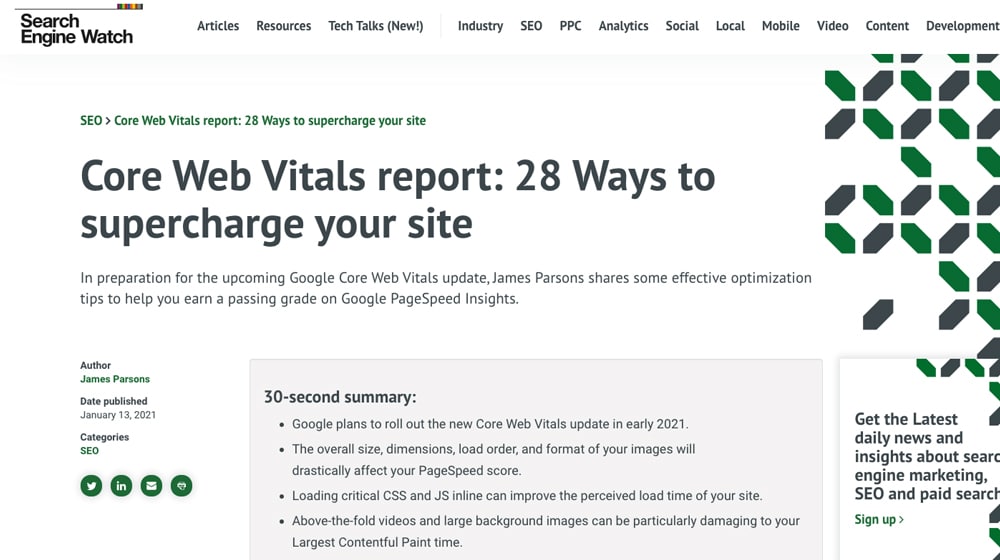
Personalization or Interactivity. Big-name influencers and content creators often leverage themselves as a value-add. Creating a webinar, creating a tool that can give personalized results, or even just offering themselves up as a consulting service are all sources of added value. Leveraging this in the form of content is quite common.

Often, you'll find that adding value to your content comes naturally. It's inherent to be already thinking about setting your content apart from what is already published. After all, it would be best if you stood out, and the way you do that is with the value-add.
My biggest tip is always to dig a little deeper. Ask yourself not just what the topic is about but why your users might be searching for it. What do they want out of the content they find and the questions they ask? If you can provide them with those answers, you're on the right track.
What did you think? Did I shed some light on value-added content? Do you have any questions for me on this strategy? Let's get a conversation started! Please drop me a message below in the comments section - I'd love to hear from you, and I make it a point to reply to every comment I receive.





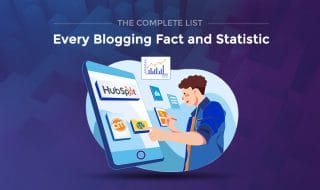




Comments